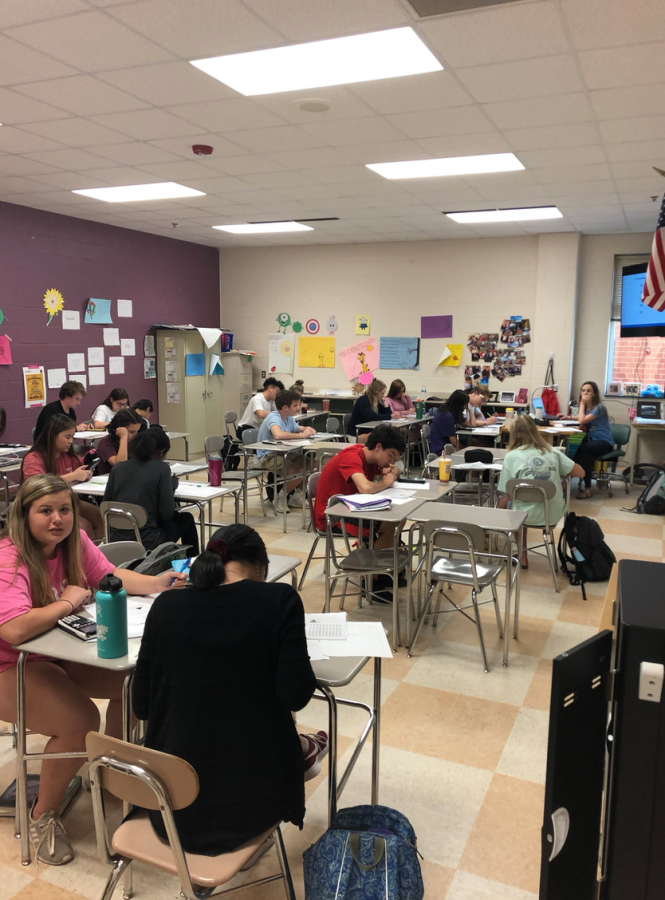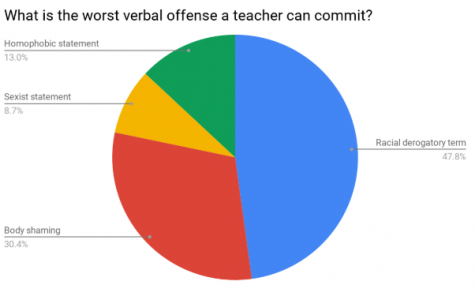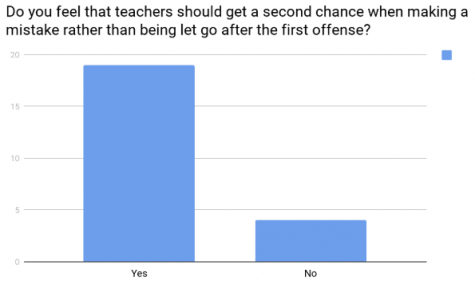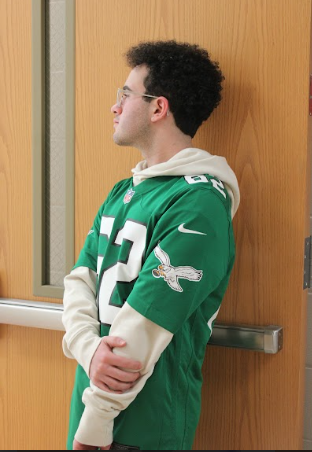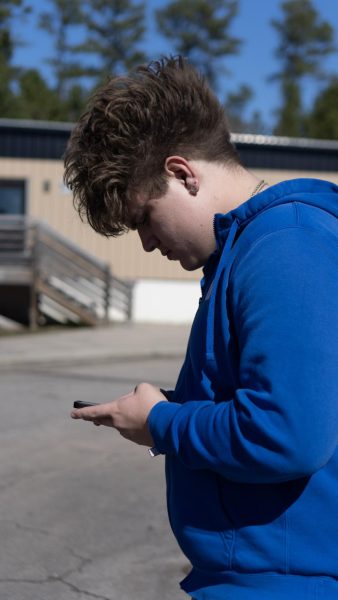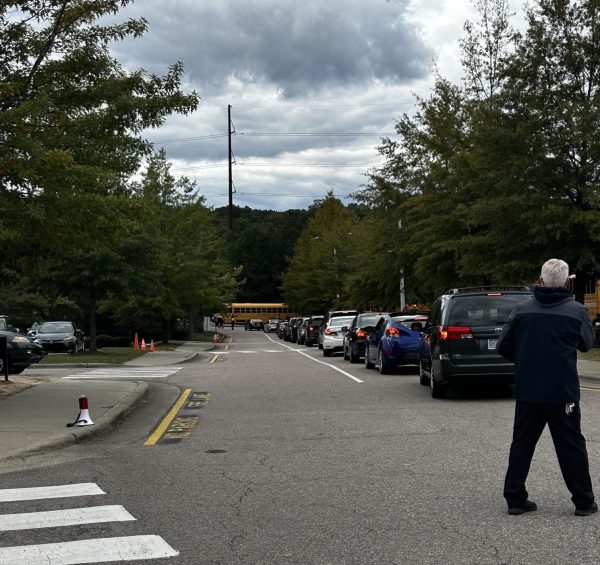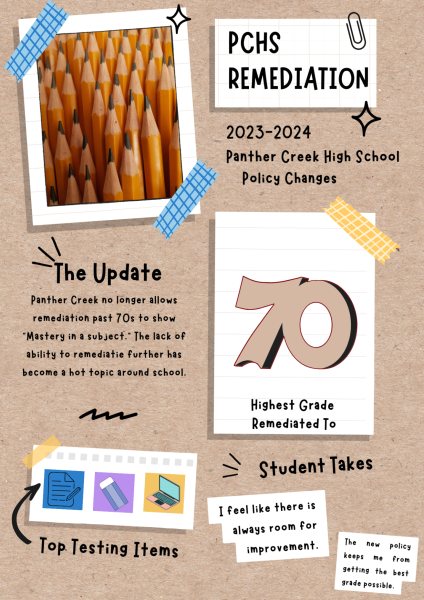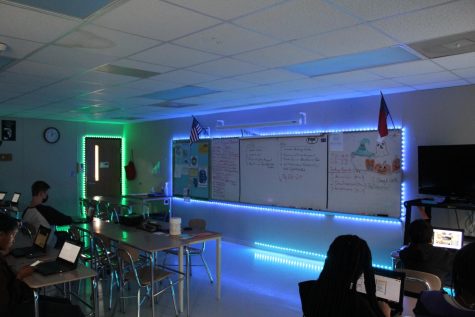Social Safety in the Classroom
Teachers and students alike can agree that safety in the classroom must be ensured for there to be a positive learning environment. When safety is breached by either party, steps must be taken to be sure that a good environment is re-established. There was a recent incident here at PC in which a teacher breached the social safety of our students with the use of a racial slur.
Following the event, there was much discussion about how these incidents could be prevented in the future. There was also much speculation into how the school would “deal” with the teacher. A couple of days after the situation, Dr. Hedrick spoke to the students who were in the classroom when the situation occurred. In this meeting, several non-black students expressed that the teacher shouldn’t face serious repercussions (i.e. shouldn’t get fired). Many black students shared their frustrations with these less serious consequences because of the school systems history of dismissing the social safety of black students. It’s frustrating to me that non-black student voices seem to weigh more than black student voices. The school’s equity team, Catamount Connect, also conducted a meeting about this topic. At the meeting, many students of all races echoed the opinion that everyone should be outraged by the situation. They said that when an authoritative figure, in this case, a teacher, uses such a word, it creates a negative classroom environment. Black students were given an opportunity to share their frustrations in the meeting. They expressed their annoyance towards the “everyone deserves a second chance” approach. Black people, whether in school or at work, are always being told to take the high road. They are told to wait out the situation and just tolerate. An authoritative figure whether it is a teacher, an administrator, or any faculty member makes such comments, firing them should be appropriate. A teacher has more of a responsibility to watch what they say because of their authority position. A teacher using a slur in the class is extremely harmful to minority student’s safety. If they feel comfortable doing this, their position should not be available to them.
In recent years, there have been many organizations bringing awareness to racism in formal settings (such as schools and workplaces). Yet, when discussing social safety, the situation often isn’t taken seriously if the victim is a minority student. Unfortunately, these victims tend to face more consequences than the antagonist. In the classroom, when authority figures use racial slurs, the targeted students will either withdraw or challenge authority. This occurs not only the classroom but as well as other formal settings. Jemele Hill was under fire several times when she made political comments relating to sports. “Jerry Jones also has created a problem for his players, specifically the black ones. If they don’t kneel, some will see them as sellouts,” said Hill after Jerry Jones stated that any player who “disrespects the flag” will not play. Hill faced a 2-week suspension (& there were no consequences for Jones). That’s only a single example from the plethora of situations in which she has been suspended, silenced, and threatened to lose her job by her employers. Shortly after the last incident, Jemele Hill left her position at ESPN to join The Atlantic. Another popular example is of Colin Kaepernick. Colin Kaepernick was known for kneeling during the anthem. It was his way of protesting racial injustices black people face in America. This cost him his job and other opportunities to get signed.
The fact of the matter is, when a group of people’s safety is not valued, their concerns don’t matter to authority. When victims (in this case, black people) speak of the racial injustice they face in formal settings, they often deal with the repercussions instead of the aggressors facing consequences.


